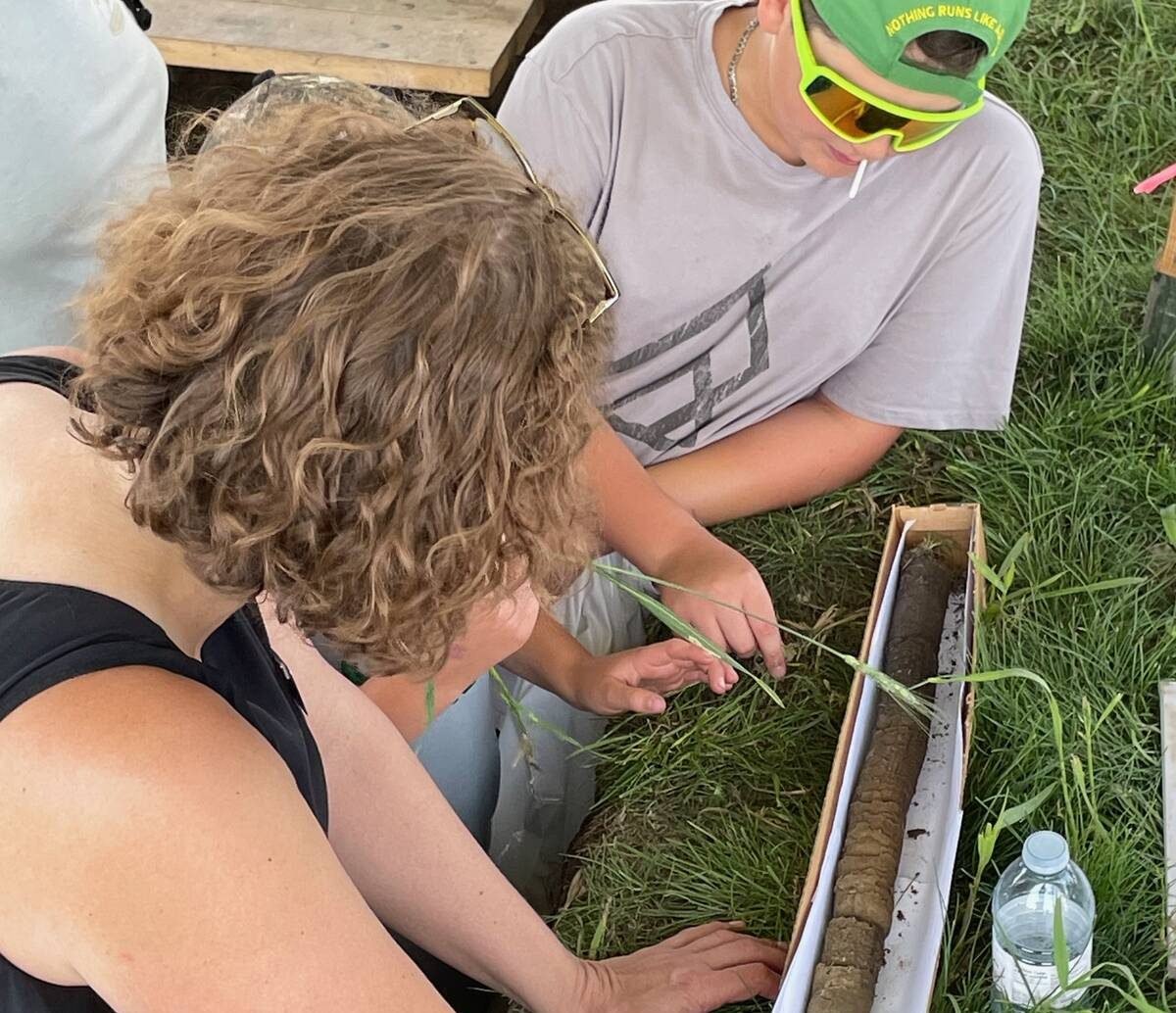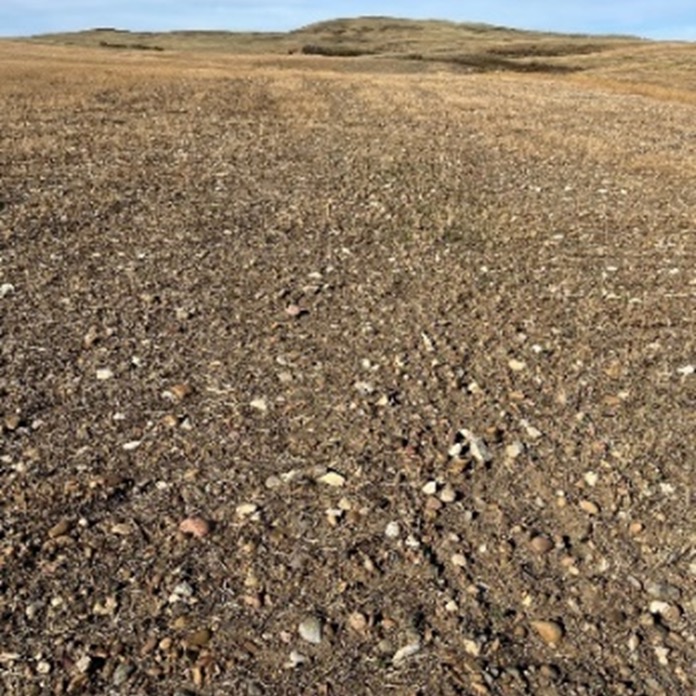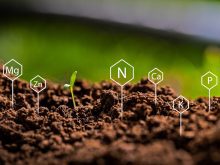How do we identify an eroded knoll?
Eroded knolls lose soil organic matter due to years of tillage, wind and water erosion, which results in surface soil lacking good granular structure and thin to non-existent topsoil. When erosion occurs, it has different physical, chemical and biological characteristics. Some physical characteristics of an eroded soil can include:
- Loss of granular structure
- Reduced water-holding capacity
- Reduction of stored water due to increased runoff
- Crusting on the soil surface
- Compaction of exposed subsoil
- Stony soil surface
A tool such as a SWAT MAP properly delineates a field into management zones ranging from eroded knolls (the driest areas of the field) to water-collecting depressions. When paired with soil sampling, it will help determine the chemical and biological characteristics of an eroded knoll.
The chemical and biological characteristics of an eroded soil can include:
- Reduced active fraction of organic matter
- Loss of biologically active portion
- Reduction of nutrient levels
- Higher pH (eight or more)
- Higher nitrogen losses
When interpreting a soil test result, check the organic matter levels. You’ll often see the lowest values in the upper zones of the field and the highest values in the lowest zones. Another key indicator is the pH, as higher pH values signal an eroded knoll. Usually, pH increases from surface to subsoil. However, when the surface soil has eroded, this exposes the higher pH subsoil on the hilltops.
Read Also

Soil sampling for Prairie farmers: How to test for nutrients and avoid common mistakes
Taking representative soil samples, choosing the right depths, and analyzing key nutrients can improve fertilizer planning and crop performance on western Canadian farms.
Cation exchange capacity (CEC) can also be an indicator. A CEC greater than 25 typically means clay soil while a CEC less than 10 means sandy soil. When the CEC is highest in the upper zones of the field and lowest in the lower zones this typically indicates soil erosion.
Nutrient indicators include phosphorus and calcium steadily declining downslope. Calcium levels can often indicate the presence of carbonates at the soil surface which are most often present in subsoil horizons that have been exposed by erosion.
Mapping an eroded knoll
Electrical conductivity (EC) mapping can be a good tool to determine the severity of eroded knolls. EC is a measure of soil electrical conductivity, which is largely determined by soluble salts and soil texture. High-EC areas are indicated by higher clay content while low-EC areas are indicated by higher sand content. In a typical field, there will be low-EC hilltops and high-EC depressions.
However, this is often reversed when dealing with eroded knolls. Once the topsoil on the hilltops has eroded, the subsoil — which has a higher clay content — is exposed. As well, the low-EC topsoil has moved farther downslope, into the depression. Including a topography layer in map development defines where water sheds and where it collects throughout the landscape.
Limitations of an eroded knoll
With the subsoil being exposed, the organic matter has been significantly reduced and, in many cases, completely stripped away. This results in poor structure. It’s difficult to develop a good seedbed in this soil, which can result in poor emergence. Alongside these issues, water infiltration and water-holding capacity are low, further restricting emergence and root growth.
Not only are there physical limitations with eroded knolls but there are chemical and nutritional limitations. The overall fertility of the soil has been reduced with the loss of organic matter. If there is significantly high pH, the availability of nutrients such as phosphorus and some micro-nutrients is reduced.
Restoring productivity of eroded knolls
Research has shown that moving topsoil from the water-collecting depressions of a field to the eroded knolls is the most effective and beneficial. Applying high rates of phosphorus (above normal application rates), while also applying manure can help improve the soil. Both can be done with targeted zone-based approaches to reduce over-application of nutrients in areas with little benefit. Jeff Schoenau and Ryan Hangs (Hangs, 2021) have done research with the University of Saskatchewan looking at different one-time application treatments with varying degrees of success. Fertilizer amendments may take longer to have an effect. Topsoil replacement with solid cattle manure, MAP and zinc sulphate have greater short-term improvement in yield. A combination-based approach can yield longer-term benefits by providing a balanced availability of macro- and micronutrients.
Once phosphorus levels are increased to a sufficient level, you must be careful to prevent more erosion. One way to do this is to add root biomass below ground which should result in more stubble above ground. You can do this with variable rate seeding, as it allows for higher plant populations in targeted areas of the field. Once stubble has been established, it’s essential to minimize tillage in those areas of the field.
Eroded landscapes are a common and significant challenge, but there are solutions. It starts with mapping and measuring the limitations to crop production in these areas and focusing on solutions to address those limitations.
References: Rebuilding the fertility and productivity of eroded knoll soils. Hangs R and Schoenau J. 2021. Soils and Crops Workshop. (Accessed January 7, 2025).













